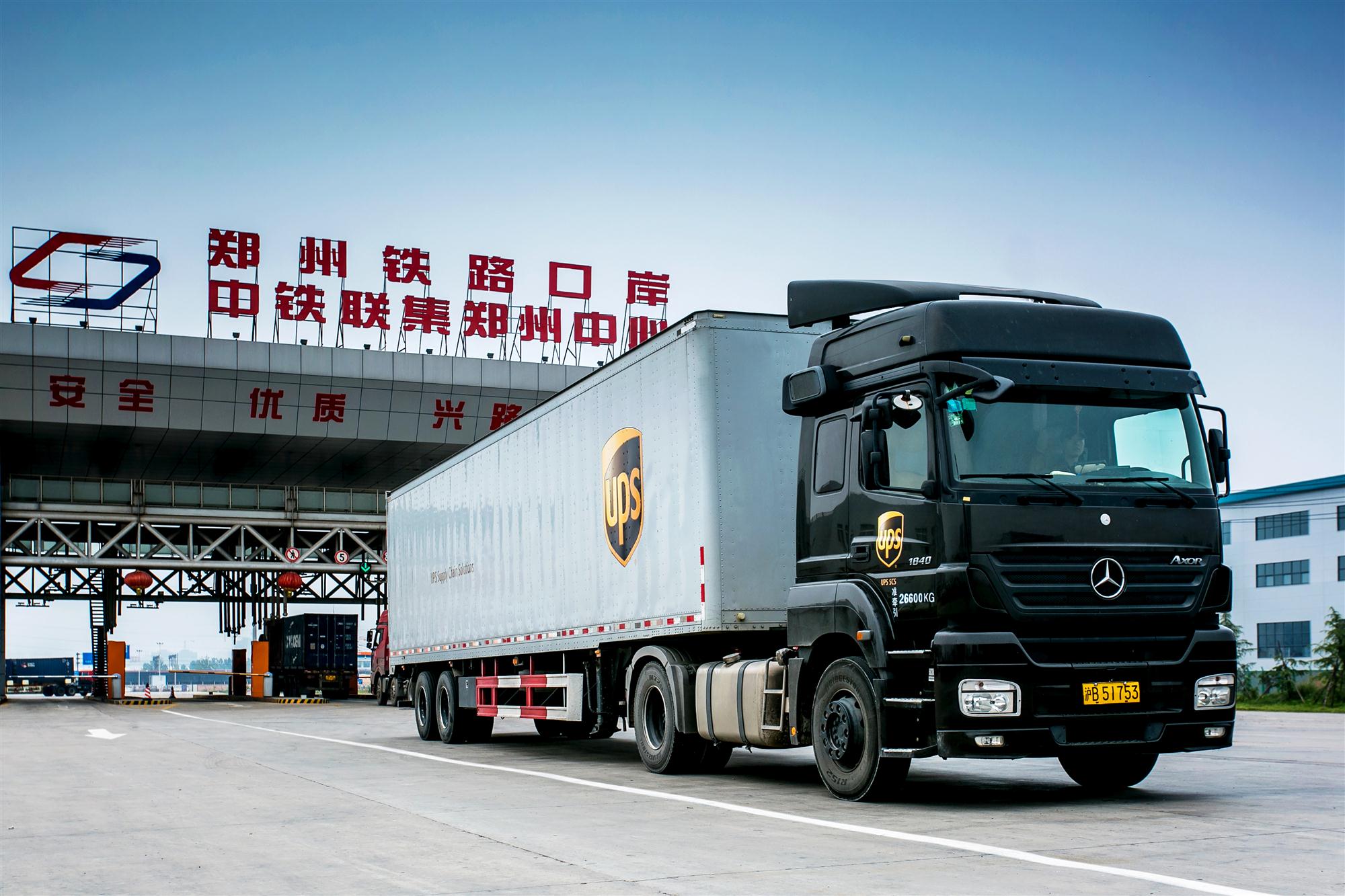Going at it alone seems to be ever less of a business strategy. Industry gatherings nowadays routinely invoke a collaborative approach as companies – logistics providers and their clients alike – face disruption, volatility, technological innovation and uncertainty to an unprecedented extent.
“You can’t go on as in the past,” warned Ashfaque Chowdhury, president, supply chain, North America and Asia, at XPO Logistics. Companies need to collaborate more with their business partners to work out how business and demand patterns are changing and how to deal with this, he said.
“It is important for our customers to focus on their partnerships,” he said.

A growing number of shippers appears to share this opinion, judging from the 2017 Third-Party Logistics Study produced by Capgemini Consulting in co-operation with Penn State University and Penske Logistics.
“Today’s rapid pace of change is adding complexity to the roles of shippers and their logistics providers,” the authors wrote, noting that this has resulted in the evolution of many 3PLs’ role from tactical service providers to collaborative partners that take on greater accountability and control.
Over 90% of respondents from both sides reported that their relationships are successful and yielding positive results, an increase from the satisfaction levels recorded the previous year. Three quarters of the shippers and 93% of 3PLs stated the use of 3PL services has contributed to overall logistics cost reductions, and 86% of shippers and 98% of 3PLs providers said the use of 3PLs has contributed to improved customer service.
The study also indicates a shift in the scope of engagement. Transactional, operational and repetitive activities are still the most heavily outsourced to 3PLs, but shippers are increasingly turning to them for more strategic and IT-intensive aspects. The percentage of shippers using their 3PLs’ IT services climbed from 11% the year before to 17%.
“This year’s report paints a new picture about what successful collaborations look like,” said Frank D. Monte, principal, strategy & operations, Capgemini Consulting. “Shippers continue to push their 3PLs to become more innovative in the areas of logistics technology and advanced analytics, while also developing the appropriate capabilities for geographic expansion. 3PLs are responding by offering advanced and relevant technology to help shippers better serve their customers.”
Terry Maready, CIO of Mallory Alexander, reported that over the past several years his company has aimed a lot of its technology at the customer-facing aspect to allow its clients to use the 3PL’s technology to control their supply chains.
In March, logistics provider Damco launched a digital platform that gives customers a suite of interactive dashboards to monitor their supply chains in real time equipped with intelligent data analytics.
“This new entry-level solution not only improves decision-making power, but creates new opportunities for our customers to get the most value out of their supply chains,” said Johanna Hainz, the company’s global head of customer and demand IT.
“Data-driven decision-making is certainly an increasing trend in the supply chain,” said Tom McKenna, senior vice-president of engineering and technology for Penske Logistics.

Increasingly technology is harnessed to make sense of the torrent of data that is sloshing through supply chains. According to many pundits, predictive analytics will transform supply chains and turn shippers into predictive enterprises. At this point, though, the emerging tool is applied chiefly to transportation, warehouse and price management.
“We use predictive analytics pretty extensively in our capacity management and inventory management,” Chowdhury said.
The growing integration with shippers augurs well for 3PLs going forward. Moreover, many opportunities still beckon to them, especially in China, according to the Global and China Third-party Logistics Report, 2016-2020 published in February, this market will exceed US$900 billion in 2020.
The market in China, where 3PL activity is still in its infancy, according to the report’s authors, is expected to grow at a compound annual pace of 15% during the forecast period.
CapGemini diagnoses lively M&A activity as 3PLs jockey for position.
“3PLs broadening service offerings expand geographical coverage through mergers and acquisitions. Third-party logistics providers have turned to mergers and acquisitions to fill gaps in service areas, expand their global network, and leverage leading practices and technology globally. The value of M&A deals nearly doubled from 2014 to 2015, growing to US$173 billion from US$87 billion. Also, cross-border deal values have quadrupled from 2014 to 2015, growing to US$115 billion from US$28 billion,” the study shows.
By Ian Putzger
Correspondent | Toronto